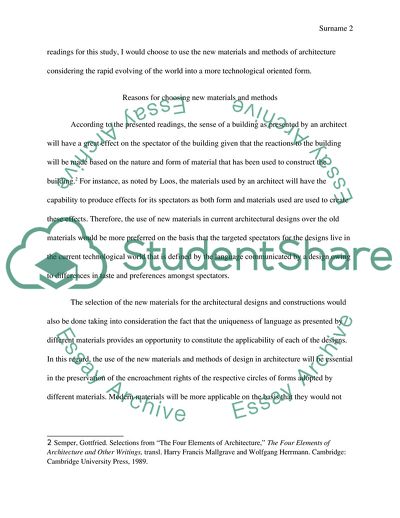Cite this document
(The New Materials and Methods of Architecture Term Paper, n.d.)
The New Materials and Methods of Architecture Term Paper. https://studentshare.org/architecture/1873849-tectonics-of-architecture
The New Materials and Methods of Architecture Term Paper. https://studentshare.org/architecture/1873849-tectonics-of-architecture
(The New Materials and Methods of Architecture Term Paper)
The New Materials and Methods of Architecture Term Paper. https://studentshare.org/architecture/1873849-tectonics-of-architecture.
The New Materials and Methods of Architecture Term Paper. https://studentshare.org/architecture/1873849-tectonics-of-architecture.
“The New Materials and Methods of Architecture Term Paper”. https://studentshare.org/architecture/1873849-tectonics-of-architecture.


